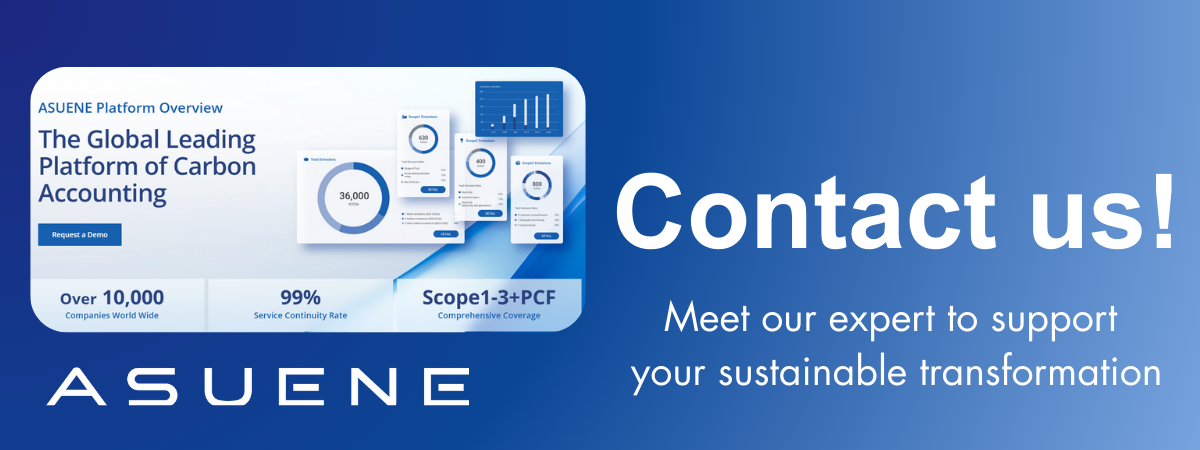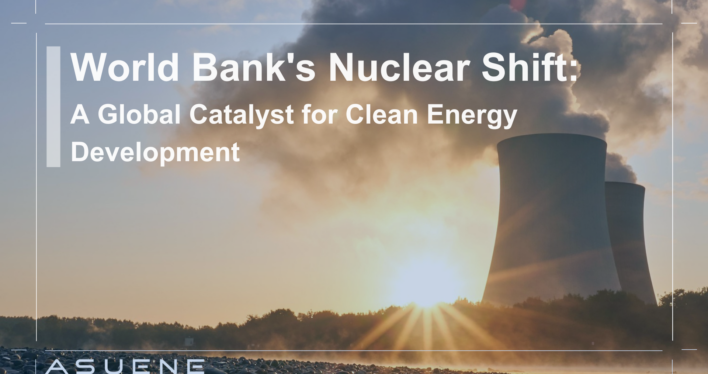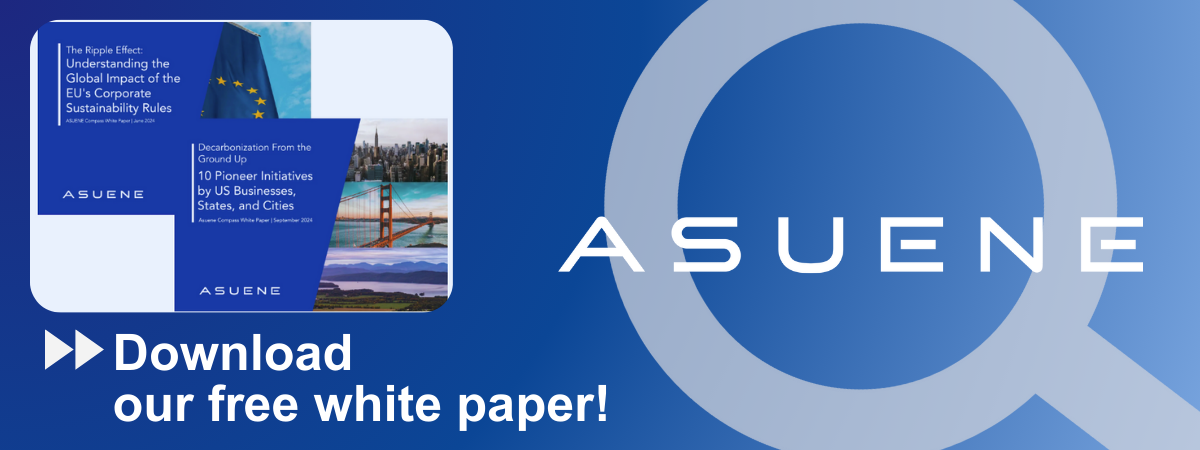- Article Summary
-
Introduction
In a landmark shift that has captured global attention, the World Bank announced a strategic realignment in its energy investment policy to include support for nuclear power, specifically small modular reactors (SMRs) and the extension of existing nuclear infrastructure. Partnering closely with the International Atomic Energy Agency (IAEA), this pivot marks a significant break from the bank’s historic exclusion of nuclear energy from its financing portfolio. The implications of this move are vast and multifaceted, particularly for stakeholders in the Global South, the nuclear industry, environmental and climate advocates, and other multilateral development banks (MDBs).
For decades, the World Bank maintained a cautious stance on nuclear power, largely due to concerns over cost, safety, proliferation risks, and waste management. These reservations were rooted in the bank’s 1990s-era operational policies, which discouraged high-risk technologies and instead favored renewables like solar and wind. However, the increasing urgency of global decarbonization and advancements in nuclear safety have prompted a reevaluation. The shift signals not just a policy change, but a broader recognition of nuclear’s role in the energy transition.
Impact on the Global South
For countries in the Global South, particularly those grappling with energy poverty and climate vulnerability, the World Bank’s policy shift opens up new avenues for sustainable development. Historically, these nations have relied heavily on fossil fuels due to the prohibitive upfront costs and geopolitical baggage associated with nuclear technology. With World Bank backing, the financial and technical barriers to nuclear adoption may diminish significantly.
SMRs, which offer scalable, safer, and more manageable alternatives to traditional large-scale nuclear plants, are especially well-suited for the infrastructure capacities of emerging economies. Countries in Sub-Saharan Africa, Southeast Asia, and parts of Latin America could see SMRs integrated into microgrid systems, supporting energy resilience and decarbonization simultaneously. Access to international financing and IAEA-certified safety frameworks will be crucial in building public trust and institutional capacity in these regions.
Key advantages of SMRs for the Global South include:
- Lower capital and operational costs compared to traditional reactors
- Modular scalability for rural or off-grid regions
- Enhanced safety features and passive cooling systems
- Compatibility with microgrids and hybrid renewable systems
- Reduced reliance on fossil fuel imports
Countries like Ghana have already engaged in feasibility studies for SMRs, working closely with the IAEA to build regulatory frameworks. Indonesia, facing rapid population growth and electricity demand, has also explored SMRs to complement its geothermal and hydropower resources. Brazil, with its experience operating Angra nuclear plants, could be a leading candidate in Latin America for SMR integration.
Revitalizing the Nuclear Industry
This development provides a much-needed shot in the arm for the global nuclear industry, which has struggled with stagnation, regulatory hurdles, and public skepticism. The endorsement by the World Bank could catalyze investment flows into nuclear R&D, particularly in the field of SMRs and advanced reactors. Public-private partnerships are likely to proliferate, with technology providers now enjoying reduced risk premiums due to the backing of reputable international lenders.
Furthermore, the renewed emphasis on nuclear life extension will encourage utilities in both developed and developing nations to invest in the modernization of existing plants. This reduces the need for new fossil-based baseload capacity and helps bridge the intermittency gap posed by solar and wind energy. The nuclear supply chain, from uranium mining to waste disposal, may also benefit from enhanced oversight and modernization spurred by these investments.
According to the Nuclear Energy Agency (NEA), every gigawatt of nuclear capacity added or maintained generates up to 10,000 direct and indirect jobs. Expanding SMRs could revitalize domestic manufacturing sectors, particularly in countries like South Korea and Canada, which are already exporting nuclear technologies.

Environmental and Climate Stakeholders’ Perspective
Environmental and climate stakeholders have long been divided on nuclear power. While some environmentalists oppose it on the grounds of radioactive waste and potential accidents, others acknowledge its critical role in achieving net-zero emissions. The World Bank’s decision effectively legitimizes nuclear energy as part of the climate solution, aligning with the Intergovernmental Panel on Climate Change (IPCC) findings that nuclear must play a role in limiting global warming to 1.5°C.
The integration of nuclear into multilateral climate finance could help break the deadlock in climate negotiations, especially where developing countries seek equitable energy transitions. Moreover, nuclear life extensions can yield immediate emission reductions without the delays of new infrastructure projects. The collaboration with IAEA ensures that these advancements meet rigorous environmental and safety standards, providing a middle ground for contentious debates.
Critics, including Greenpeace and some regional NGOs, continue to warn of the risks of radioactive waste and high-profile accidents such as Fukushima. However, a 2022 IPCC report identified nuclear as a necessary part of nearly all modeled scenarios that achieve 1.5°C warming targets. The divide highlights the importance of public engagement and transparent governance in expanding nuclear’s role responsibly.
Ripple Effects on Multilateral and Development Banks
The World Bank’s pivot is likely to reverberate across other MDBs such as the Asian Development Bank (ADB), African Development Bank (AfDB), and Inter-American Development Bank (IDB). These institutions often align their energy lending frameworks with World Bank precedents. A domino effect may ensue, encouraging broader acceptance and support for nuclear technologies within international development finance.
This could also lead to the establishment of new financial instruments specifically tailored to nuclear projects, such as green bonds, blended finance vehicles, and risk-sharing facilities. By incorporating nuclear into their sustainable finance taxonomy, MDBs can attract ESG-conscious investors who previously overlooked the sector. A harmonized global financing approach could finally offer a level playing field for nuclear energy in the decarbonization landscape.
If MDBs align their energy portfolios with this shift, we may see the emergence of regional SMR hubs, joint nuclear R&D funds, and coordinated safety oversight mechanisms. A potential “Nuclear Readiness Index” could be developed to help MDBs prioritize financing based on regulatory preparedness, energy needs, and political stability.
| MDB | Previous Stance on Nuclear | Post-World Bank Shift (Potential/Indicated) |
|---|---|---|
| World Bank | No funding | Funding SMRs, life extensions |
| ADB | Case-by-case | Evaluating SMR feasibility |
| AfDB | Generally excluded | Likely to reconsider under new taxonomy |
| IDB | No policy | Watching World Bank precedent |
Conclusion
The World Bank’s decision to finance SMRs and extend the life of existing nuclear facilities, in partnership with the IAEA, represents a transformative moment for global energy policy. It could redefine the contours of clean energy development, particularly for the Global South, and reestablish nuclear power as a viable, climate-friendly option. The move holds significant promise for revitalizing the nuclear industry, easing climate tensions, and fostering a more integrated approach among multilateral development banks. As implementation begins, the challenge will lie in balancing technological optimism with robust governance to ensure that nuclear energy contributes effectively and safely to the global climate agenda. banks. As implementation begins, the challenge will lie in balancing technological optimism with robust governance to ensure that nuclear energy contributes effectively and safely to the global climate agenda.
Why Work with ASUENE Inc.?
Asuene is a key player in carbon accounting, offering a comprehensive platform that measures, reduces, and reports emissions. Asuene serves over 10,000 clients worldwide, providing an all-in-one solution that integrates GHG accounting, ESG supply chain management, a Carbon Credit exchange platform, and third-party verification.
ASUENE supports companies in achieving net-zero goals through advanced technology, consulting services, and an extensive network.


